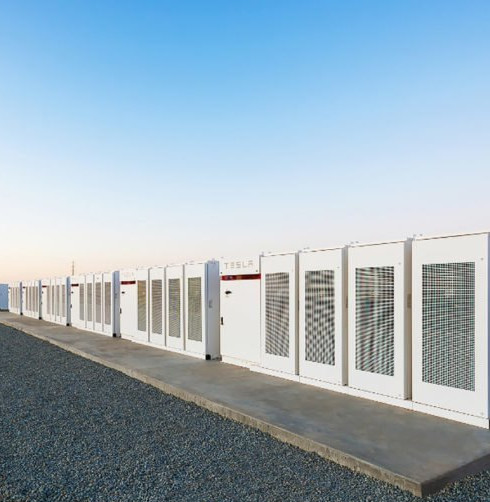Hornsdale storage grows
 The world's largest lithium-ion battery in South Australia is now even bigger.
The world's largest lithium-ion battery in South Australia is now even bigger.
A 50 per cent expansion of the Tesla battery at Hornsdale is now complete, increasing its potential output by 50 megawatts, now up to 189 megawatt hours.
The expansion was delivered by French firm Neoen in conjunction with Tesla and the South Australian and Commonwealth governments. The project is intended to help stabilise the grid.
“It's making the battery bigger and smarter,” Neoen managing director Louis de Sambucy said.
“We will be providing a number of grid-stabilising services, to keep the voltage and frequency very stable.”
South Australia's energy minister, Dan Van Holst Pellekaan, said the new technology would prevent large-scale blackouts.
“Batteries can suck massive amounts of electricity out of the grid within milliseconds and they can pump massive amounts of electricity back into the grid within milliseconds,” he said.
“That shock absorber-type capacity is what helps us to stop a blackout that would otherwise occur.”
The giant battery also continues to drive down power bills, with an independent review by Aurecon finding the facility has saved SA consumers more than $150 million since it was built in 2017.
The major challenge for South Australia's grid stability is handling its enormous amount of renewable energy.
Over 278,000 South Australian houses have rooftop solar panels, which are capable of feeding power back into the grid at a rate it cannot handle.
To address this, SA Power Networks — the state's sole electricity distributor — has been granted the power to remotely switch off solar panels during peak times.
However, the state refuses to change its feed-in tariffs, and will continue to allow consumers to access subsidies for the power they provide to the gird.
Instead, the government is leaning into the problem, advocating for the widescale adoption of batteries.







 Print
Print